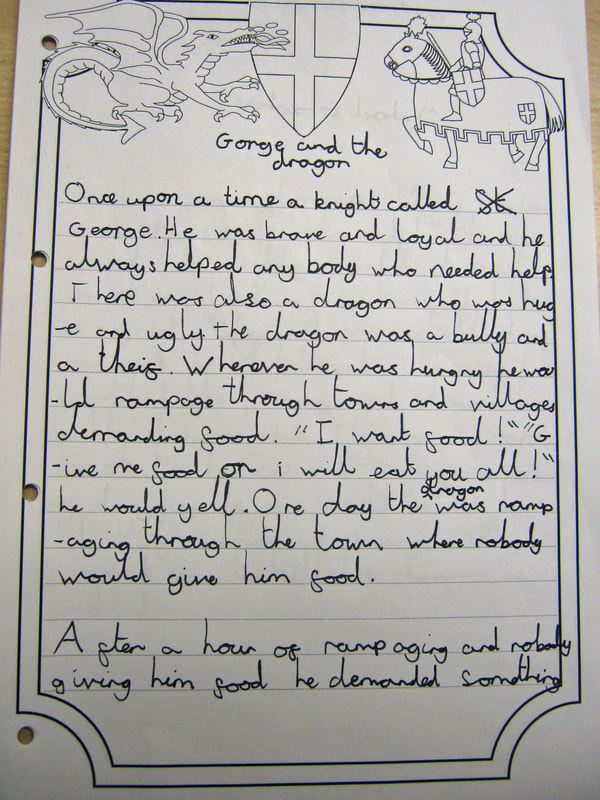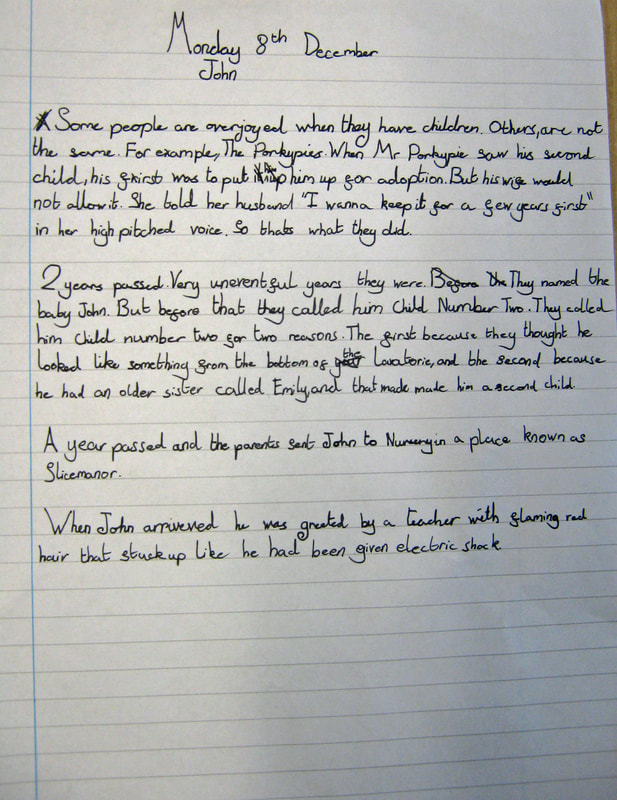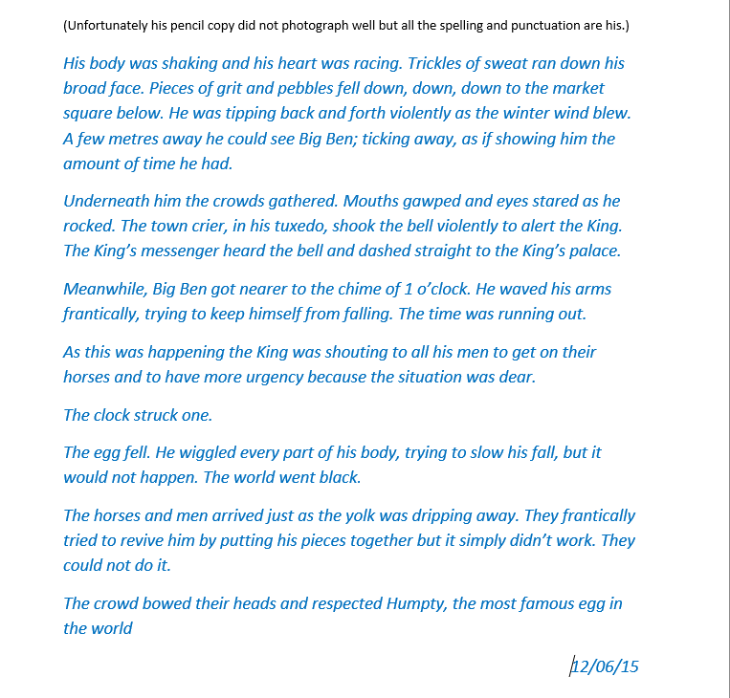School Context:
School Context
Type of school Primary: School category Voluntary Aided
Age range of pupils: 3–11
Gender of pupils: Mixed
Number of pupils on the school roll:259
My school is an average sized primary school (NOR 258 at the January census, compared to 263 nationally). The proportion of girls, at 43% (January 2014) is below the national average; this is particularly noticeable in some classes where there are around one third girls.
There is a low percentage of pupils, 9.6%, known to be eligible for free school meals (FSM) and an above average percentage of pupils from minority ethnic groups (29.2%); this percentage is on an upward trend. There are 16 children in receipt of pupil premium. Likewise, there is a rising trend of pupils whose first language it is believed to be non-English (7.9%). The numbers of children identified as having a special educational need, and supported at School Action Plus or with a Statement is broadly average, though with three children with statements leaving in July, the percentage will probably be lower at the next census. The school’s stability is broadly in line with the national proportion.’
My class:
Year group: 4
Ability range: Level 1c - 4
Any particular issues: SEN
Focus pupils and the reason for choice:
1. Ray – has an attached TA due to learning needs – speech and language and cognition.
2. Mac – has funding for behavioural support.
3. Ade – he hates writing and was underperforming.
4. Ami – she is on the G & T register for Literacy.
5. Mik – he was exceeding levels in other subjects but not writing, largely linked to lack of interest.
Type of school Primary: School category Voluntary Aided
Age range of pupils: 3–11
Gender of pupils: Mixed
Number of pupils on the school roll:259
My school is an average sized primary school (NOR 258 at the January census, compared to 263 nationally). The proportion of girls, at 43% (January 2014) is below the national average; this is particularly noticeable in some classes where there are around one third girls.
There is a low percentage of pupils, 9.6%, known to be eligible for free school meals (FSM) and an above average percentage of pupils from minority ethnic groups (29.2%); this percentage is on an upward trend. There are 16 children in receipt of pupil premium. Likewise, there is a rising trend of pupils whose first language it is believed to be non-English (7.9%). The numbers of children identified as having a special educational need, and supported at School Action Plus or with a Statement is broadly average, though with three children with statements leaving in July, the percentage will probably be lower at the next census. The school’s stability is broadly in line with the national proportion.’
My class:
Year group: 4
Ability range: Level 1c - 4
Any particular issues: SEN
Focus pupils and the reason for choice:
1. Ray – has an attached TA due to learning needs – speech and language and cognition.
2. Mac – has funding for behavioural support.
3. Ade – he hates writing and was underperforming.
4. Ami – she is on the G & T register for Literacy.
5. Mik – he was exceeding levels in other subjects but not writing, largely linked to lack of interest.
Impact of the course
In each section I have detailed the impact of the different parts of the course. Below is a summary of my thoughts:
• Inspiring – hearing and experiencing new ideas has inspired my teaching of writing; so important when I have been teaching for more than 20 years. My peers on the course have also been a great inspiration and I have used countless ideas from them too.
• Altered my teaching – Improved knowledge has increased my confidence and ability to explain. The whole way I approach writing has changed. I truly believe you can only write well when you know what good writing looks like. Never again will I hand out blank paper with a title I have chosen and following a success criteria list on the board. I also use every single literacy opportunity to be a teacher of good writing; from reading groups; to RE information texts; to science experiment write-ups.
• Improved levels of writing – for those who like to measure progress through levels and criteria, nearly all the children in my class have progressed according to, and in many cases exceeding, the expected progress for their stage.
• Time to think – being on a course away from the usual hum-drum of school life gives one time to think; to re-assess teaching methods and to hone good practice
• Enjoyment of writing – I love writing; the children in my class love writing too.
• Motivation of staff – many staff in my school have also altered the way in which they teach writing. I hope that long term we can be a school of writers.
• Group Reading – I continue to take every chance to point out good writing and good grammar when reading with the children. Seeing everything in context means that they can also apply rules in context. Most children can ‘do’ grammar in lists but then fail to apply it in their writing. If we want children to use good grammar in their own writing then they need to see it in context in other people’s good writing.
In each section I have detailed the impact of the different parts of the course. Below is a summary of my thoughts:
• Inspiring – hearing and experiencing new ideas has inspired my teaching of writing; so important when I have been teaching for more than 20 years. My peers on the course have also been a great inspiration and I have used countless ideas from them too.
• Altered my teaching – Improved knowledge has increased my confidence and ability to explain. The whole way I approach writing has changed. I truly believe you can only write well when you know what good writing looks like. Never again will I hand out blank paper with a title I have chosen and following a success criteria list on the board. I also use every single literacy opportunity to be a teacher of good writing; from reading groups; to RE information texts; to science experiment write-ups.
• Improved levels of writing – for those who like to measure progress through levels and criteria, nearly all the children in my class have progressed according to, and in many cases exceeding, the expected progress for their stage.
• Time to think – being on a course away from the usual hum-drum of school life gives one time to think; to re-assess teaching methods and to hone good practice
• Enjoyment of writing – I love writing; the children in my class love writing too.
• Motivation of staff – many staff in my school have also altered the way in which they teach writing. I hope that long term we can be a school of writers.
• Group Reading – I continue to take every chance to point out good writing and good grammar when reading with the children. Seeing everything in context means that they can also apply rules in context. Most children can ‘do’ grammar in lists but then fail to apply it in their writing. If we want children to use good grammar in their own writing then they need to see it in context in other people’s good writing.
Finally – have a look at the writing of one child, Mic, over the year. They show an improvement that is testament to this course.
Some of the work of my level 4 writers has been elevated above the writing of year 5, and in some cases year 6 children. It has made me realise just what is possible when you teach with proper knowledge, fresh ideas and a genuine love of writing yourself. It has made me passionate about imparting the knowledge across the whole staff. It has made me question why such a course is not compulsory for all Primary staff and teachers of English and literacy.
I now move on to working with disaffected teenagers in a new job where I am convinced these methods and the knowledge I have gained will help with writing levels for children who have not previously experienced success. Let’s hope I can continue to help people write, regardless of age and circumstance.
My thanks go in particular to Lindsey Thomas, Lise Fontaine and Simon Wrigley for being passionate and willing to run such a course. It’s hard to measure the impact since not all that is measurable includes all that is valuable. But I know what a massive difference it has made to the way that I teach, the adults I work with and most importantly, the children who now love writing.
I now move on to working with disaffected teenagers in a new job where I am convinced these methods and the knowledge I have gained will help with writing levels for children who have not previously experienced success. Let’s hope I can continue to help people write, regardless of age and circumstance.
My thanks go in particular to Lindsey Thomas, Lise Fontaine and Simon Wrigley for being passionate and willing to run such a course. It’s hard to measure the impact since not all that is measurable includes all that is valuable. But I know what a massive difference it has made to the way that I teach, the adults I work with and most importantly, the children who now love writing.


